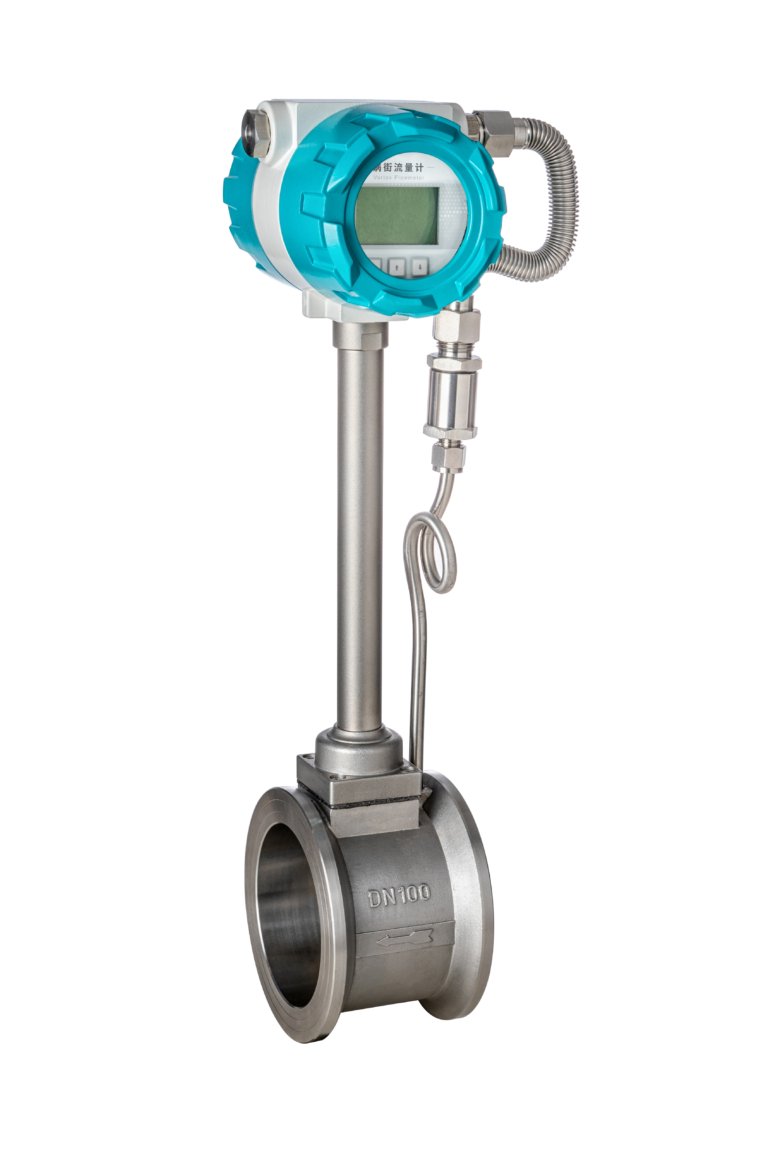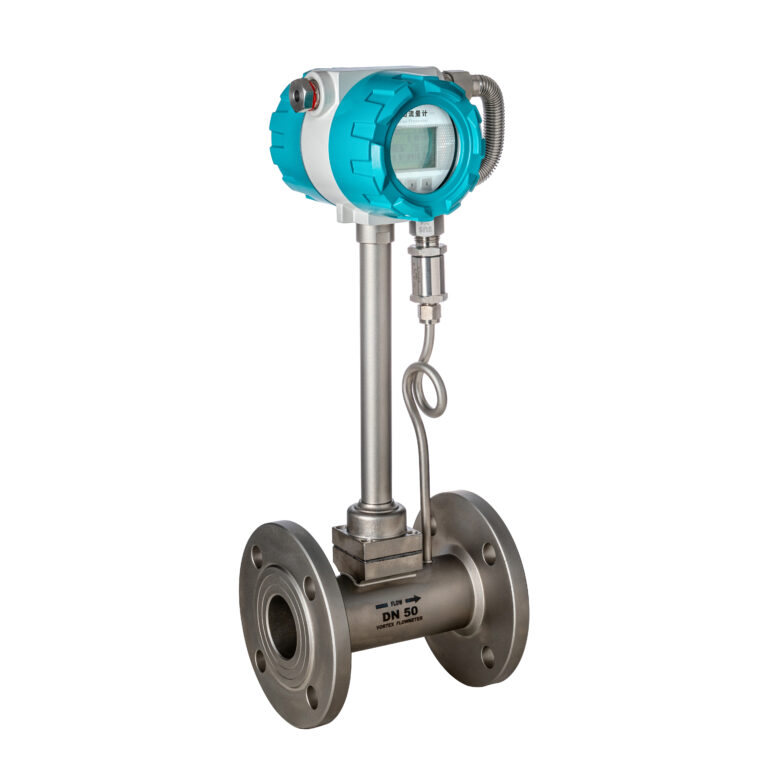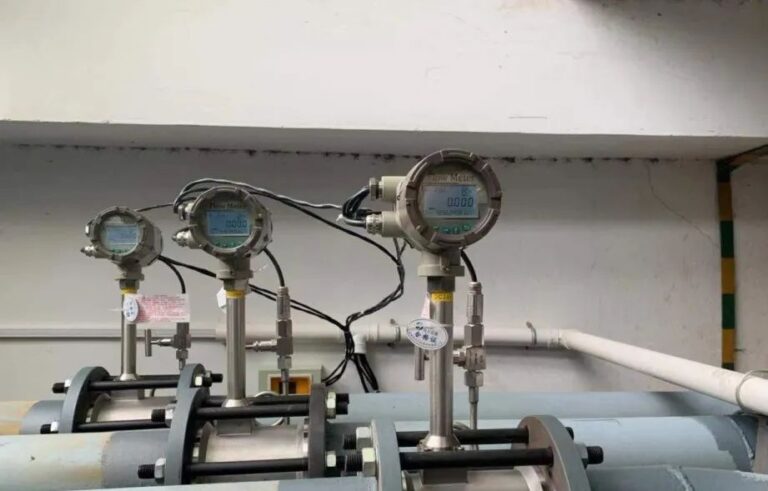Vortex flow meters are widely used in industrial applications due to their accuracy, reliability, and suitability for measuring both liquids and gases. To ensure consistent performance and maintain measurement accuracy, the verification of vortex flow meters is essential. This process involves defining specific verification points and determining the frequency of verification. Below, we explore the key considerations and regulations surrounding these aspects.
Verification Points for Vortex Flow Meters
The selection of verification points is a critical step in ensuring the accuracy of vortex flow meters. Verification points refer to the specific flow rates at which the device is tested to confirm its performance. These points are generally chosen based on the flow meter’s operational range and the requirements of the application. The following guidelines are commonly observed:
Minimum Flow Point: This point represents the lowest flow rate within the operational range. Verifying performance at this point ensures that the meter can accurately measure low flow rates without significant errors.
Intermediate Flow Points: These points are distributed across the operational range to evaluate the meter’s performance under typical operating conditions. Testing at multiple intermediate points provides a comprehensive assessment of linearity and accuracy.
Maximum Flow Point: This is the highest flow rate within the operational range. Verifying the meter at this point ensures that it can handle peak flow rates without exceeding acceptable error margins.
Critical Points for Specific Applications: In some cases, additional verification points may be required based on the specific demands of the application, such as points corresponding to critical process conditions or safety thresholds.

The selection of verification points must comply with industry standards, such as ISO 5167 or other relevant national and international standards, to ensure consistency and reliability.
Frequency of Verification
The frequency of verifying vortex flow meters depends on several factors, including the operational environment, the criticality of the application, and the manufacturer’s recommendations. Below are some general considerations:
Manufacturer Guidelines: Most manufacturers provide recommended verification intervals based on the expected durability and performance of their flow meters. These recommendations serve as a baseline for scheduling verifications.
Regulatory Requirements: In industries such as oil and gas, chemicals, and pharmaceuticals, regulatory bodies often mandate specific verification frequencies to ensure compliance with safety and quality standards.
Application Criticality: For critical processes where accurate flow measurement is essential for safety or quality, more frequent verification may be required. This is especially true for custody transfer applications, where even minor measurement errors can result in significant financial losses.
Environmental Conditions: Harsh operating environments, such as those involving high temperatures, corrosive fluids, or high vibrations, can accelerate wear and tear on the flow meter, necessitating more frequent verification.
Historical Performance Data: Analyzing the historical performance and calibration drift of the flow meter can help determine optimal verification intervals. If a meter consistently performs within acceptable limits, the interval may be extended. Conversely, frequent deviations may indicate a need for more regular checks.

Standards and Best Practices
To maintain uniformity and reliability in verification processes, it is important to adhere to established standards and best practices. Commonly referenced standards include:
ISO 9001: For quality management systems that encompass calibration and verification processes.
ISO 17025: For ensuring the competence of calibration and testing laboratories.
API Standards: Applicable in the oil and gas industry for flow measurement and calibration.
Additionally, organizations should document the verification process, including the methods, equipment, and results. This documentation not only supports compliance with standards but also provides valuable insights for optimizing maintenance schedules and improving overall measurement accuracy.

Conclusion
The regulation of verification points and frequency for vortex flow meters is vital for ensuring their accuracy and reliability in industrial applications. By selecting appropriate verification points across the operational range and adhering to recommended verification intervals, organizations can maintain optimal performance and avoid costly measurement errors. Moreover, compliance with industry standards and best practices ensures consistency and reliability in flow measurement, contributing to the overall efficiency and safety of industrial processes.
